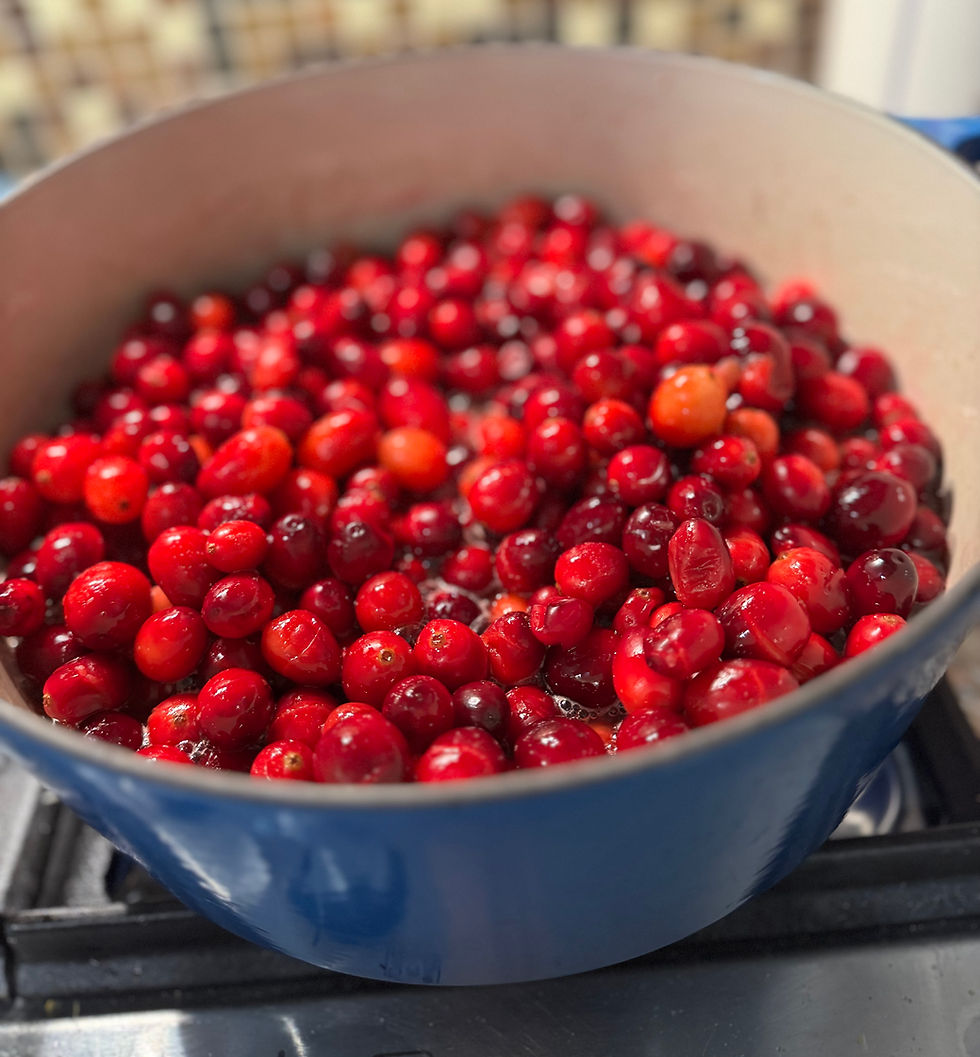Clean Up: After the Honey Harvest
- Nona Spillers

- Sep 4, 2022
- 3 min read
Honey harvest is the most exciting time of year. And it’s really, really hard work. Even when our days of being the bear are complete and all of the honey is safely stored in jars - the work is not done.
We honor the extraordinary effort our bees make by using every resource they give us.

Beeswax
In the process of harvesting, we wind up with a lot of wax. First, we remove the wax cappings from the honey frames - those are laden with the sweet stuff. And there are alway frames that can’t be spun, so we crush the comb to get the honey out.

Honey Infused Booze - If you’ve ever seen a fancy cocktail that features honey infused gin or vodka - that’s just what it is. I fill a mason jar with the cappings and pour in the liquid. I like Tito’s Vodka, Bacardi Rum & Four Roses Bourbon. I give the jars a shake for a day or two. The honey dissolves into the alcohol which gives it a beautiful honey color, earthy aroma and sweet flavor. I strain the goodness back into the bottle or into mason jars. These make great gifts for birthdays and holidays! AND it has the added benefit of rinsing the honey off the wax.

Rendered Wax
Once I’ve strained the capping wax, I rinse it with water and plop it into a mesh bag and put that into a crock pot with an inch or two of water. The hot water melts the wax and the mesh bag strains out any parts that arel solid. I scoop the wax into silicon molds to cool. We have a crock pot dedicated to this job - as it’s always got wax bits stuck to it. The aroma of melting wax is heavenly - the sweet earthy smell of honey soup. Cappings wax is usually the cleanest wax, but if you have comb, inevitably it still has some honey in it. That honey dissolves into the hot water. We feed that “soup” back to the bees.
I use the rendered wax to make hand salve. And we use some of it to provide a starter strip on the frames that go into the hives. It acts as a guide for the bees building new comb and gives them a place to start.

Honey Super Clean Up
We’re so lucky to harvest boxes and boxes of honey frames from our bees. To preserve the honeycomb, we use an extractor - a big stainless cylinder that spins the frames and slings the honey out. That leaves all the hard work of the honeycomb in tact. We NEVER get every last drop. We put the spun frames back into hive boxes and set those out in our bee yard. Because they smell of honey - the bees find them instantly - usually as we are driving in.
Bees collect and take the honey back to their hives and leave behind more little bits of wax. We process that, too.
Storing Honey Frames
Once the bees have taken everything they can use from the honey frames, it’s time to store them for next season. Wax moths are a horrible terrible very bad nuisance. They feed on the comb where larvae have been and burrow through it leaving a nasty muck. To kill any trace of those pests, we freeze the frames for at least 24 hours. But not too long because the cold makes the wax brittle. Once through the freezer, they get stacked tightly and stored. We keep our frames indoors - for both temperature and pest control. It’s the best protection we can give to such a valuable resource. It takes 8oz of nectar for bees to make 1oz of wax.




Comments